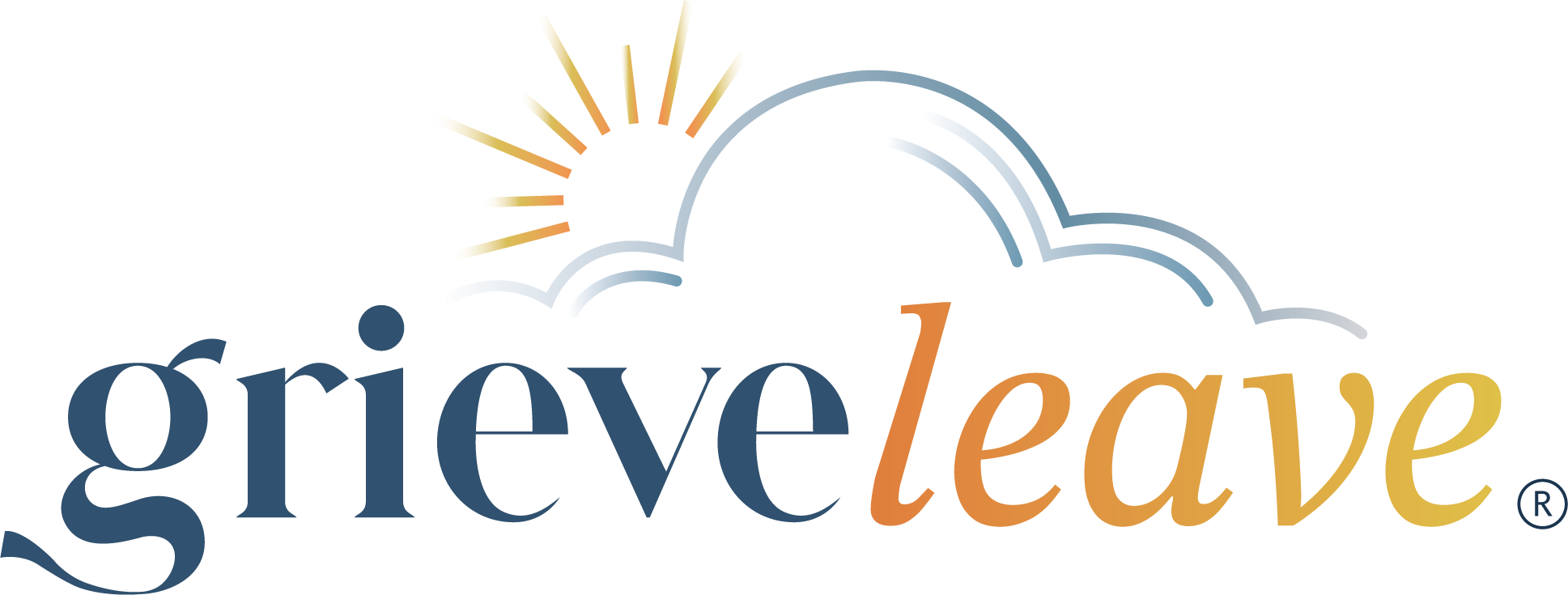So Your Business Wants to Look at Its Bereavement Policies? Here Are 5 Things to Include.
Published:
March 2, 2025
By
Anonymous
Team Grieve Leave

Most workplace bereavement policies were written years ago with specific situations in mind. Two days off for the death of an immediate family member, maybe one for “extended” family, and that's supposed to be... enough?
Here's something else those old policies miss entirely: when we think about workplace policies around bereavement, we’re focusing on death. And grief isn't just about death. Your employees are navigating divorces, chronic illness, pregnancy losses, family estrangement, and so many other forms of loss that deserve recognition and support.
If you've read this far, you probably already know the status quo isn't working. Maybe you've watched employees struggle to navigate grief while balancing work responsibilities. Maybe you've experienced it yourself. Or maybe you're just ready to create a workplace that actually supports people through loss.
Because here's the truth about grief: it comes with all kinds of loss. It doesn't have an expiration date. It doesn't follow a neat timeline. And it definitely doesn't end after a few days of leave.
Let's talk about what a modern, human-centered grief policy should include:
- Expansive Definition of Loss
- Your employees get to define what constitutes a significant loss – not your HR handbook from 1985. This includes:
- Death of family members (including chosen family and pets)
- Divorce or end of significant relationships
- Pregnancy loss and fertility challenges
- Chronic illness diagnoses
- Family estrangement
- Loss of housing
- Your employees get to define what constitutes a significant loss – not your HR handbook from 1985. This includes:
Stop making people justify why their grief "counts" under a narrow definition.
- Flexible Timeline
- Grief doesn't follow a neat Monday-to-Friday schedule. Some employees might need time off immediately following a loss. Others might need it months or years later, especially around anniversaries, birthdays, or holidays. Some might need it spread out over time for things like court dates, medical appointments, or moving homes.
- Your policy should allow employees to:
- Take leave when they need it, not just immediately after the loss
- Split up their leave days over time
- Request time off for significant dates related to their loss
- Adjust their work schedule temporarily (reduced hours, flexible start times, remote options)
- Your policy should allow employees to:
- Grief doesn't follow a neat Monday-to-Friday schedule. Some employees might need time off immediately following a loss. Others might need it months or years later, especially around anniversaries, birthdays, or holidays. Some might need it spread out over time for things like court dates, medical appointments, or moving homes.
- Clear Communication Guidelines
- Nobody should have to write a formal bereavement leave request while they're in crisis mode. Make the process simple and human:
- Provide clear, straightforward instructions for requesting leave
- Designate a point person (preferably someone with grief training) to handle requests
- Create templates for managers on how to communicate with grieving team members
- Outline what documentation (if any) is needed, and when
- Nobody should have to write a formal bereavement leave request while they're in crisis mode. Make the process simple and human:
- Ongoing Support
- Coming back to work after loss is complicated enough without facing a mountain of catch-up work and awkward interactions. Remember that your employee's grief doesn't end when they return to their desk. Include guidelines for:
- Gradual return-to-work options
- Workload management during and after leave
- How to handle project transitions
- Resources for managers on supporting grieving team members long-term
- Access to grief counseling or EAP services
- Flexibility around anniversary dates and significant milestones
- Recognition that grief can resurface years later
- Coming back to work after loss is complicated enough without facing a mountain of catch-up work and awkward interactions. Remember that your employee's grief doesn't end when they return to their desk. Include guidelines for:
- Regular Policy Review
- Grief support shouldn't be a one-and-done policy update. Build in:
- Annual policy reviews to ensure it's meeting employee needs
- Feedback mechanisms for employees who've used the policy
- Training for managers on grief support and policy implementation
- Regular communication about available resources
- Updates based on emerging research and best practices
- Grief support shouldn't be a one-and-done policy update. Build in:

